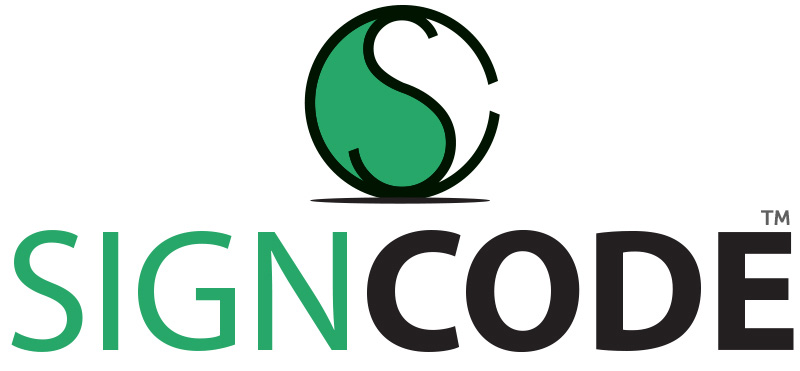Communication with deaf people can usually happen in one of the following ways:
- Through BSL/sign language
- Through lipreading
- Through hearing aids
Just because someone has a hearing aid or can read your lips, this doesn’t mean that is the end of the story.
As a good lip reader is only able to tell a third of the words uttered from your mouth movements alone, context is key and therefore you risk a lot of information being lost in translation if you don’t pay attention to the way in which you are conveying your message.
It is therefore essential you follow our advice to ensure that anyone you encounter in your workplace, either as a colleague or as a customer, has the best chance of being able to understand you.
How does lipreading work?
A lip reader looks at your lip movements and other facial gestures to determine what you are saying.
Lipreading is not all up to the receiver (the person doing the lipreading) to do the work. You, the “sender”, must play your part in ensuring that you are making sense.
The lip reader will derive a lot of the meaning from the context of the conversation, so you have to bring people up to speed if something has been missed at the start of the conversation.
There are other actions you can take to help your conversation partner out.
Actions
Setting the space
Before you start chatting, take time to get the conditions right.
- Make sure your conversation partner has enough light to see your face clearly.
- Don’t sit far away – They shouldn’t have to strain to see your mouth.
- Face them square on
- Choose a space that is not too loud and limit any visual distractions
The conversation
Once you know that the space is light and there are no distractions, you can begin your conversation. You need to adapt your communication to be as clear as possible.
- Introduce the topic of the conversation clearly to provide context eg “ I would like to speak about your holiday”.
- If the topic of the conversation is to change, introduce the new topic clearly.
- Keep eye contact throughout
- Do not block their view of your mouth with your hands, glasses or other props.
- Speak clearly, but do not shout or exaggerate your lip movements as this can get confusing.
- Speak in complete, grammatical sentences.
- Repeat if you have to, or try other ways of expressing the same meaning if you are not understood.
- Don’t be afraid to use gestures.
- Take a break as and when it is necessary.
If you would like to become more deaf aware, SigncodeUK hosts an online deaf awareness course that you can take in your own time and at your convenience. Find out more in our courses section.

